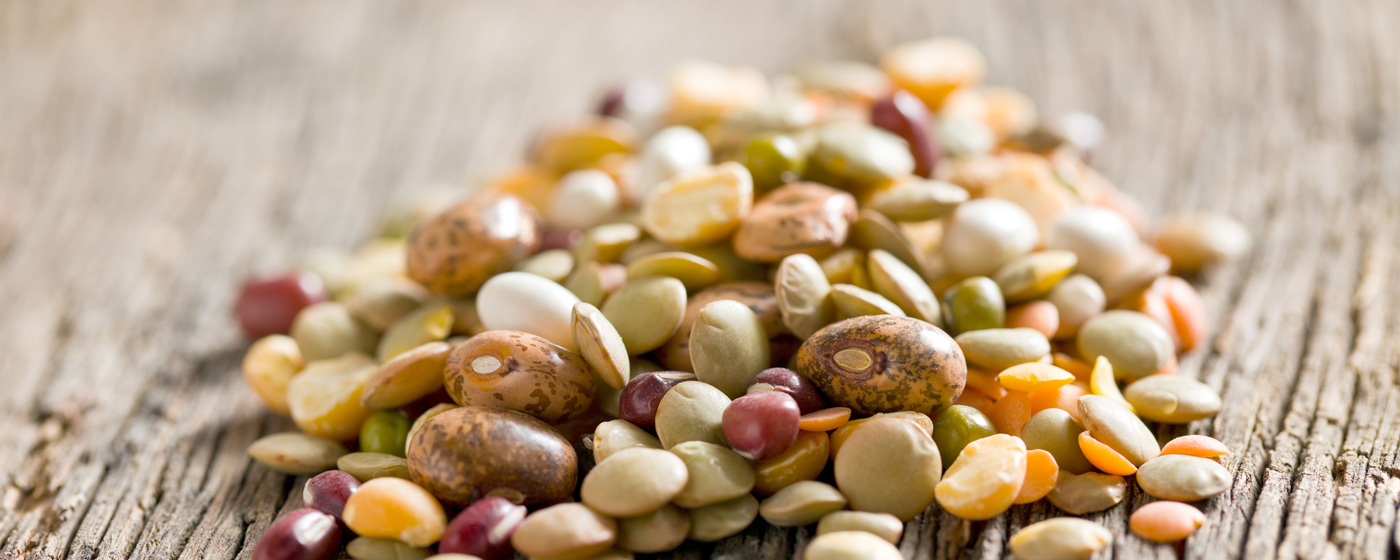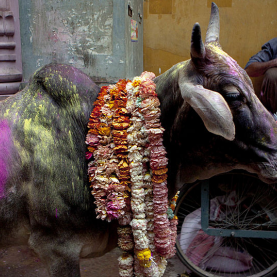Vegetarianism in Hinduism
Vegetarianism is in keeping with the Hindu principle of non-violence. It lies at the top of the hierarchy of Hindu dietary practices and is rooted in Indian customs. Its application can however vary between regions and communities. Although people in India are now apparently developing a taste for meat, eating animal flesh still remains relatively rare, due in part to its high price.
A religious tradition
Vegetarianism gradually established itself in Hinduism. At first, eating meat and fish was tolerated as long as the animal was sacrificed to the gods, the sacrifice justifying the killing. Then, in a religion which was increasingly marked by ahimsa, the ‘absence of the desire to kill’, abstaining from meat and fish became commendable and vegetarianism established itself as a model respecting the principle of non-violence. At the same time, fish and meat were perceived as particularly impure, soiled by the act of slaughter. Vegetarianism was practised by the Brahmin caste (the highest Hindu caste made up of priests) and was at the top of the hierarchy of dietary regimes.
The practice of vegetarianism varies, however, depending on the region, family and social class. There are differences even within the same caste. Brahmins from Kashmir, for example, (a state in the north of India) eat meat whereas Brahmins from Bengal (a state in the east of India) eat fish.
The emergence of a meat-based diet
Hindu vegetarianism is a dietary practice rooted in Indian morality (25% to 35% of the population is vegetarian). Yet it is not the only model. On the one hand, vegetarianism may be a solution to a lack of financial means rather than a religious rule. For many, eating meat is expensive and remains occasional, for a festival, once a month or once a week, depending on the person’s income. On the other hand, in certain regions or communities of India, meat and fish have always been valued. This is the case of the Rajputs who gave their name to Rajasthan (a state in northwest India). Moreover, the taste for meat seems to be growing today. It is, however, important to put this consumption into perspective. According to statistics from the Food and Agriculture Organization of the United Nations (FAO), the annual consumption of meat per inhabitant in 2005 was 5.1 kg in India (compared to 82 kg in Europe).
Emerging trends
Vegetarianism practised in the Hindu religion in India coexists with a vegetarianism imbued with a ‘western vision’. The choice of this dietary practice is individual rather than collective and expresses a reaction to the country’s growing urbanisation and industrialisation. Against this background, vegetarianism is associated with contemporary issues surrounding health and a balanced diet. This diet does not contain animal proteins, but is based on plant products and pulses.
Assouly, Olivier, 2002. Les nourritures terrestres. France : Actes Sud.
Cousin, Françoise, 1999. Des aliments fermentés au Rajasthan (Inde). Ferments en folie. Vevey : Fondation Alimentarium.
Quien, Aleandra, 2007. Dans les cuisines de Bombay. Paris : Éditions Karthala.
Mahias, Marie-Claude, 2002. Le barattage du monde. Paris: Éditions de la Maison des sciences de l’homme.
Mahias, Marie-Claude, 1985. Délivrance et convivialité. Paris : Éditions de la maison des sciences de l’homme.








